Free Shipping On All Orders Over $150.
Causes and Treatment of Abscess in Cats After Injection
A cat injection abscess is an unfortunate but not uncommon consequence of vaccinations and other injections. This condition can create significant distress for both the feline and their owner, making it crucial to understand what causes these abscesses, how to treat them effectively, and most importantly, how to prevent them from developing in the first place. In this article, we will explore all facets of cat injection abscesses, from symptoms to post-injection care, ensuring that you are well-informed and prepared to address any issues related to your beloved pet's health.
Cat injection abscess

The term "cat injection abscess" refers to a localized pocket of pus that develops under the skin following an injection. It typically occurs due to a reaction to the vaccine or medication administered or as a result of bacteria entering the body through the injection site. While many cats handle vaccinations without complications, some may develop tender lumps that can cause concern.
Understanding Injection Site Reactions

Injection site reactions can be varied in their nature and severity. Some cats may experience mild swelling or tenderness, while others could develop more serious conditions like an abscess. Recognizing the signs early is essential.
An injection site abscess occurs when bacteria infiltrate the area around the injection, leading to inflammation and eventual pus formation. When this happens, the cat may exhibit signs of pain or discomfort, particularly if the area is touched.
Furthermore, the type of vaccine or medication can influence the likelihood of developing an abscess. For instance, certain vaccines are more prone to causing localized reactions than others. Understanding which vaccinations are known for higher risks can help pet owners prepare for and identify potential complications.
Symptoms of Cat Injection Abscess
Symptoms of a cat injection abscess can vary, but key indicators include:
- Swelling at the injection site: Owners may observe a firm lump where the injection was given.
- Discharge: In more severe cases, there may be oozing pus from the wound.
- Lethargy: Affected cats might show decreased energy levels and reluctance to engage in normal activities.
- Fever: An elevated temperature may indicate an underlying infection requiring veterinary intervention.
Noticing these symptoms promptly allows for timely veterinary care, which is critical in managing the condition effectively.
Importance of Early Intervention
Early intervention can dramatically affect the outcome of a cat injection abscess. If left untreated, the abscess can set off a chain of complications—ranging from systemic infections to chronic pain.
Taking immediate action not only alleviates discomfort for the cat but also prevents more serious health issues down the line. Therefore, being proactive—regularly checking the injection site after veterinary visits—is pivotal for maintaining your cat’s overall well-being.
Feline abscess treatment

When dealing with a feline abscess, timely and effective treatment is paramount. The approach to treatment can vary, depending on the severity and specifics of the abscess.
Veterinary Examination
The first step in treating an abscess involves a thorough examination by a veterinarian. The vet will assess the size, location, and severity of the abscess, along with any associated symptoms.
During the visit, they will likely recommend diagnostic tests, such as blood work or imaging, to evaluate for broader infections or underlying health concerns. Additionally, the vet may take samples of any discharge for laboratory analysis, helping to determine the best course of action.
Draining the Abscess
One common treatment for an abscess is drainage. While it may sound daunting, draining an abscess is often necessary to alleviate pressure and facilitate healing.
The procedure generally involves the veterinarian using sterile instruments to open the abscess and allow the pus to drain out. Once drained, the area will be cleaned thoroughly to reduce the risk of further infection. Afterward, the vet may apply a topical antibiotic and possibly prescribe oral antibiotics to combat any existing bacterial infection.
Following drainage, the veterinarian will discuss aftercare, including keeping the area clean and monitoring for signs of healing or complications.
Pain Management and Recovery
Pain management is another crucial aspect of treating a cat injection abscess. Vets may prescribe analgesics to ensure your cat remains comfortable during recovery.
Monitoring your cat’s behavior and the injection site closely is essential during this period. Any signs of worsening conditions or new symptoms should prompt a return visit to the vet. With proper treatment, most cats recover quickly and without further complications.
Causes of abscess in cats
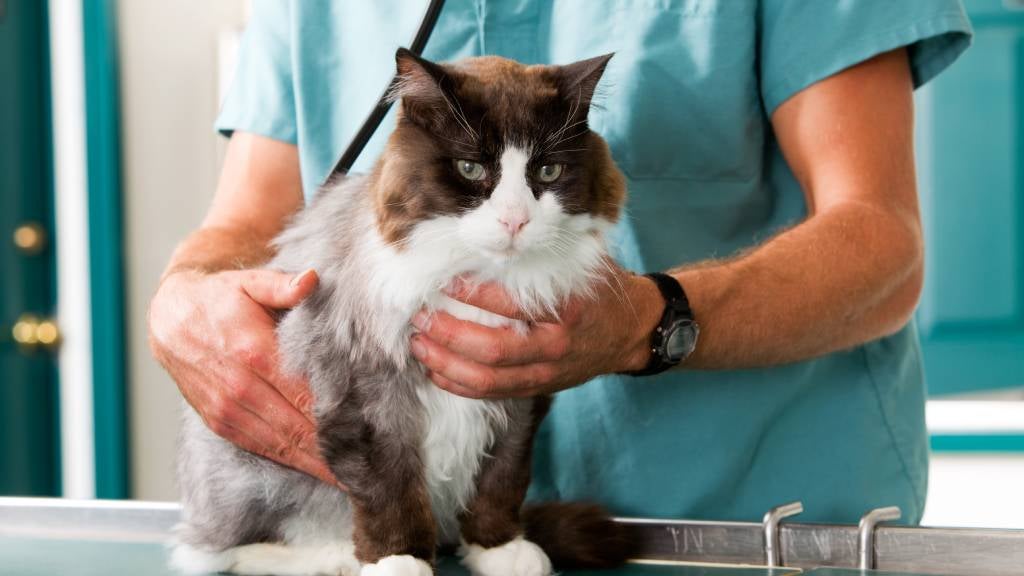
Understanding the causes of abscesses in cats is vital for prevention and early recognition. Various factors can contribute, from environmental conditions to individual health considerations.
Bacterial Infection
Bacterial invasion is one of the primary causes of abscesses in cats, especially following injections. When the skin barrier is compromised during the injection process, it can create an entry point for bacteria.
In most cases, the culprits are bacteria commonly found on the skin, such as Staphylococcus species. These bacteria can rapidly multiply within the tissue if not addressed promptly, leading to inflammation and pus formation.
Injection Technique
Another factor that can contribute to the development of abscesses is the technique employed during the injection. Poor hygiene practices, such as not adequately sterilizing the injection site or using unclean needles, increase the risk of infection significantly.
Veterinarians must adhere to strict aseptic techniques during injections to minimize the risk of introducing bacteria into the skin. Moreover, how deep or at what angle the needle is inserted can also influence the likelihood of inflammation and subsequent abscess formation.
Individual Health Factors
Individual health conditions can also play a role in a cat's susceptibility to developing abscesses. Cats with weakened immune systems are more vulnerable to infections and may have a higher incidence of complications following injections.
Additionally, older cats or those with underlying health issues may take longer to heal, increasing the window of opportunity for bacteria to thrive at the injection site. Understanding these individual health factors can aid in tailoring preventive measures and post-injection care specific to your cat's needs.
Cat swelling after injection

It’s natural for a cat to experience some degree of swelling following an injection. However, distinguishing between typical reactions and possible complications is imperative.
Normal Swelling vs. Abnormal Reaction
In most cases, slight swelling at the injection site is perfectly normal and should resolve within a few days. This reaction indicates that the cat’s immune system is responding to the injected substance, whether it's a vaccine or medication.
However, if the swelling persists beyond a few days or becomes increasingly painful, it may signal a more serious issue such as an abscess or allergic reaction. Keeping a close eye on the injection site can help differentiate between normal and concerning reactions.
Observing for Other Symptoms
In addition to observing swelling, it’s important to monitor for other accompanying symptoms.
Signs such as lethargy, loss of appetite, or fever alongside swelling can indicate a more severe problem requiring veterinary attention. If these symptoms arise, seeking veterinary care promptly is crucial to prevent further complications.
Managing Mild Swelling at Home
If only mild swelling occurs, pet owners can often manage the situation at home. Applying a warm compress to the area may help reduce swelling and promote circulation, aiding in the healing process.
However, avoid applying excessive pressure or irritating the area, as this can exacerbate the problem. Always consult your veterinarian before attempting any home remedies to ensure you’re taking the right approach for your cat’s specific situation.
Treating injection site infections in cats
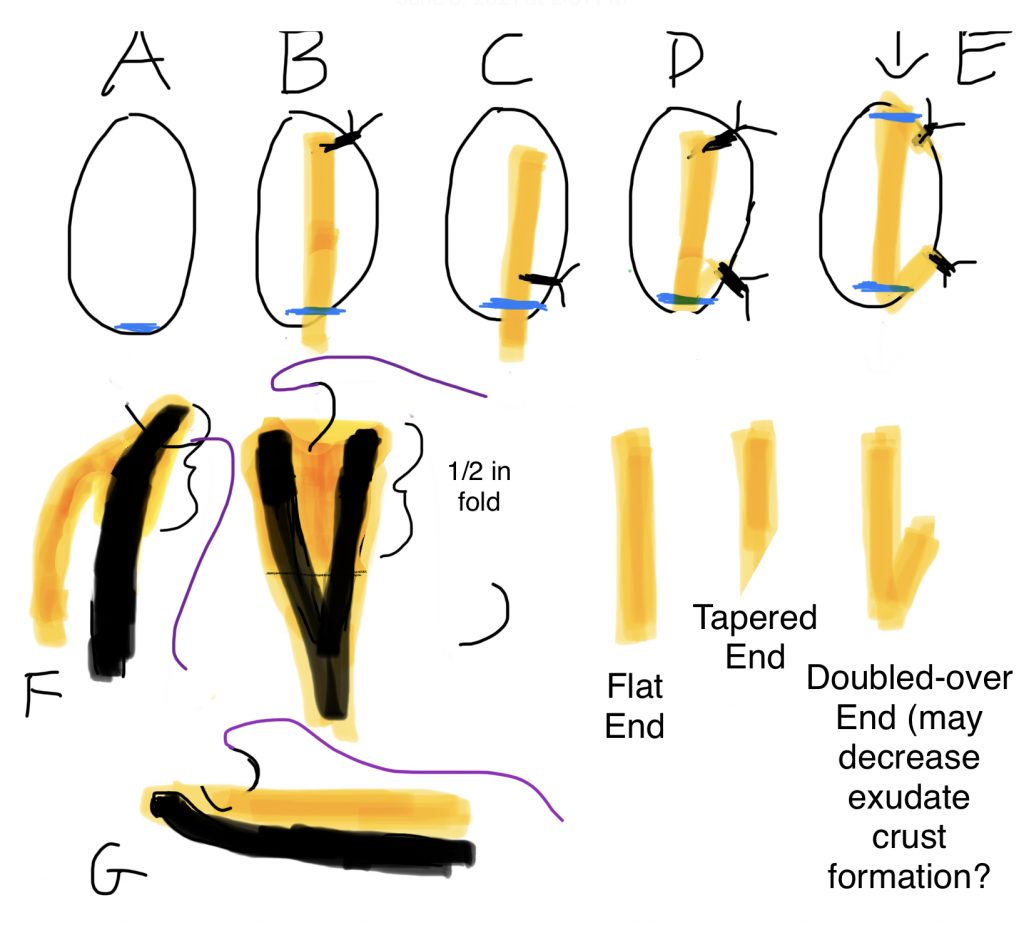
When an infection develops at the injection site, prompt treatment is essential to ensure a full recovery. Understanding the treatment options available can empower pet owners to act decisively.
Antibiotic Therapy
One of the primary treatments for an injection site infection is antibiotic therapy. Your veterinarian will likely prescribe antibiotics based on the specific bacteria identified during diagnostic testing.
Antibiotics work by targeting and eliminating the bacterial infection, promoting healing in the affected area. It’s crucial to complete the entire course of antibiotics as prescribed, even if your cat appears to improve early on.
Cleaning and Wound Care
In conjunction with antibiotic therapy, maintaining a clean environment around the injection site is vital. Your veterinarian may recommend cleaning the area with a gentle antiseptic solution to help keep it free from debris and bacteria.
Additionally, following proper wound care protocols can significantly enhance recovery. This may involve preventing your cat from licking or scratching at the infected site, which could introduce additional bacteria and complicate healing.
Using an Elizabethan collar or other protective methods may be necessary to safeguard the affected area while it heals.
Monitoring for Complications
Throughout the treatment process, ongoing monitoring for complications is essential. If the infection worsens despite treatment, or if new signs develop, returning to the veterinarian promptly is critical.
Regular follow-up appointments may be necessary to assess the status of the infection and adjust treatment plans as needed. With diligent care and attention, most injection site infections can be successfully resolved.
Cat lump after vaccination

Finding a cat lump after vaccination can be alarming for any pet owner. Understanding the reasons behind these lumps and how to respond can turn anxiety into informed care.
Common Post-Vaccination Lumps
Post-vaccination lumps are not entirely unusual. They are generally small, firm swellings that form due to the body's immune response to the vaccine. The majority of these lumps are benign and will gradually fade away over time.
These lumps occur as part of the immune system's natural reaction, as it recognizes and responds to the foreign material introduced through vaccination. Typically, these lumps resolve on their own within a few days to weeks.
Differentiating Serious Conditions
While most lumps are harmless, it’s crucial to remain vigilant. Certain characteristics of lumps warrant immediate veterinary consultation.
If the lump becomes larger, painful, or shows signs of infection (such as warmth or discharge), it’s essential to seek veterinary advice. These changes could indicate an adverse reaction or, in rare cases, a more significant health issue that requires attention.
Follow-Up Care
If a cat lump after vaccination is noted, monitoring becomes key. Regularly check the area for any changes, and document any new developments.
Your veterinarian may recommend scheduling a follow-up appointment to reassess the lump, especially if it persists past the expected timeframe for resolution. Professional evaluation provides peace of mind and ensures your cat’s well-being.
Feline post-injection care
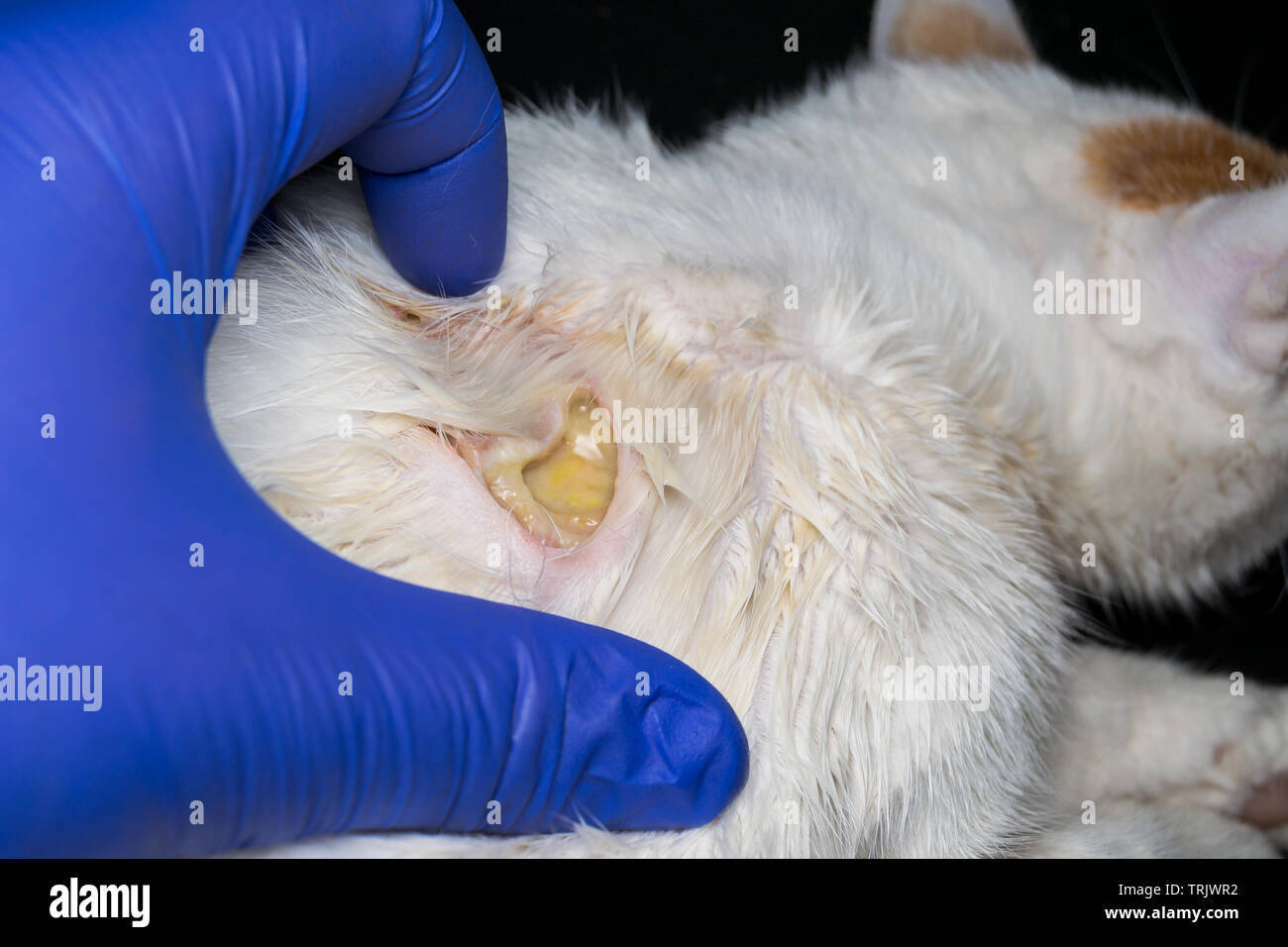
After your cat receives an injection, understanding the importance of proper post-injection care can make a substantial difference in their recovery and comfort level.
Immediate Aftercare
Immediately following an injection, keep your cat calm and quiet. Avoid strenuous activity or stress-inducing situations, which can escalate feelings of discomfort. Allow your cat to rest in a cozy, familiar environment where they feel secure.
To assist in recovery, ensure your cat has access to fresh water and nutritious food. Sometimes, a cat may be hesitant to eat or drink immediately after an injection; however, encouraging hydration is crucial for recovery.
Monitoring for Changes
Keep an eye on your cat for any changes in behavior or physical condition after the injection. Signs such as increased vocalization, aggression, or withdrawal from interaction may indicate discomfort or pain.
Additionally, regularly examining the injection site for swelling, warmth, or discharge fosters early detection of potential complications. Noticing these symptoms early allows for prompt veterinary follow-up.
Providing Comfort and Support
Creating a supportive environment can greatly impact your cat's recovery process. Ensure that your cat has a comfortable space to relax, perhaps with their favorite bedding or toys nearby.
Offering gentle affection can help soothe your cat, allowing them to feel safe and cared for during their recovery. Patience and understanding are key, as it may take a little time for your cat to return to their usual self.
Preventing abscess in cats

Prevention is always better than treatment, and knowing how to reduce the risk of a cat injection abscess can save your feline companion from unnecessary discomfort.
Choosing the Right Veterinarian
Selecting a reputable veterinarian who practices strict hygiene and aseptic techniques during injections is paramount. Don't hesitate to ask questions about their vaccination protocols and how they manage injection procedures.
A trusted vet will prioritize your cat's safety and well-being, minimizing the risk of abscess development.
Regular Vaccination Schedule
Keeping your cat up-to-date on vaccinations according to a proper schedule can help reduce complications. Discussing any concerns about specific vaccinations with your veterinarian can guide you toward the most beneficial choices for your cat.
More importantly, adhering to a routine vaccination schedule decreases the likelihood of multiple injections at once, which can overwhelm the immune system and increase the risk of adverse reactions.
Post-Injection Care Practices
Implementing strong post-injection care practices contributes significantly to preventing abscesses. Regularly inspect the injection site in the days following any vaccination or injection.
Ensure your cat avoids areas where they might scratch or irritate the injection site. If you notice any swelling or lumps, contact your veterinarian swiftly to address the situation before it escalates.
Cat skin infection after shot
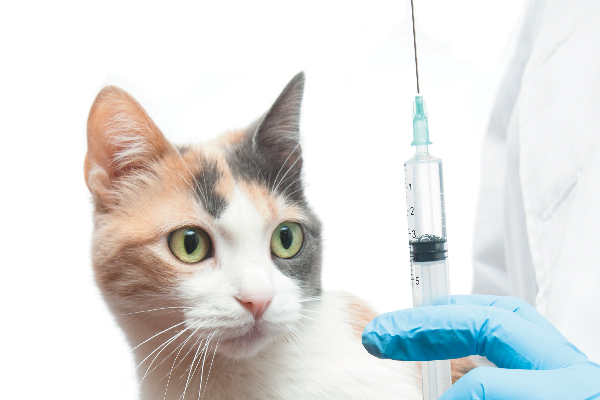
Occasionally, a cat skin infection after a shot may develop, prompting concern among pet owners. Understanding the causes and appropriate responses can ensure effective treatment and recovery.
Causes of Skin Infections
Skin infections following injections can arise from several factors, including inadequate sterilization, improper injection technique, or delayed healing due to an underlying health issue.
Often, these infections occur when bacteria enter the skin layer through the injection site. Maintaining proper hygiene during injections is crucial for preventing these types of complications.
Recognizing Symptoms
Symptoms of a skin infection following an injection may resemble those of an abscess, including:
- Redness and swelling at the injection site
- Oozing discharge or pus
- Increased warmth in the affected area
- Overall symptoms of illness, such as fever or lethargy
Recognizing these signs early allows you to seek prompt veterinary care, which is essential for effective treatment.
Treatment Options
Treatment for a cat skin infection after a shot usually involves antibiotics and supportive care. Your veterinarian may choose topical medications or systemic antibiotics, depending on the severity of the infection.
As with any infection, following the prescribed treatment plan and monitoring your cat’s progress is vital. Most cats respond well to treatment, especially if initiated promptly.
Veterinary care for cat abscess
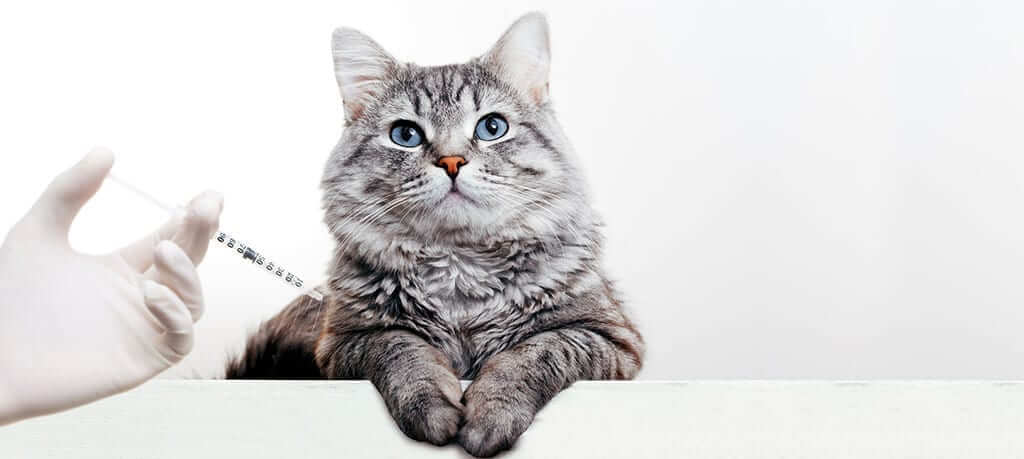
When faced with a cat abscess, veterinary care becomes crucial. Understanding what to expect during this process can ease the anxiety surrounding your cat’s treatment.
Initial Consultation
The first step in addressing a cat abscess involves a thorough consultation with your veterinarian. During this appointment, the vet will conduct a hands-on examination and discuss your cat's medical history.
They may perform diagnostic tests, such as bloodwork or imaging, to assess the extent of the abscess and rule out any underlying health issues. Gathering this information helps create a tailored treatment plan.
Treatment Plan Development
Once the examination is complete, your veterinarian will discuss various treatment options available based on your cat's specific situation.
Options may include simple drainage of the abscess, administering antibiotics, and implementing at-home care instructions. Understanding the treatment plan and asking questions ensures you know how to support your cat throughout the healing process.
Follow-Up and Monitoring
Follow-up appointments are often necessary to monitor progress and assess the effectiveness of the treatment plan. Regular communication with your veterinarian ensures any concerns are addressed promptly.
Maintaining close observation of your cat at home for signs of improvement or worsening conditions is equally important. Swift action can mitigate complications and support optimal recovery.
Conclusion
:strip_icc()/GettyImages-1429696676-68fe93106a984f6cab4d6fd61875cbfd.jpg)
Navigating the complexities of a cat injection abscess can be daunting for pet owners. By staying informed about the causes, symptoms, and treatment options, you’ll be better equipped to manage your cat’s health proactively. Regular veterinary care, attentive observation, and adherence to recommended guidelines will go a long way in ensuring your feline friend stays healthy and happy. Remember, knowledge is power, and proactive steps can lead to positive outcomes for you and your beloved pet.
0 comment
Be the first to comment